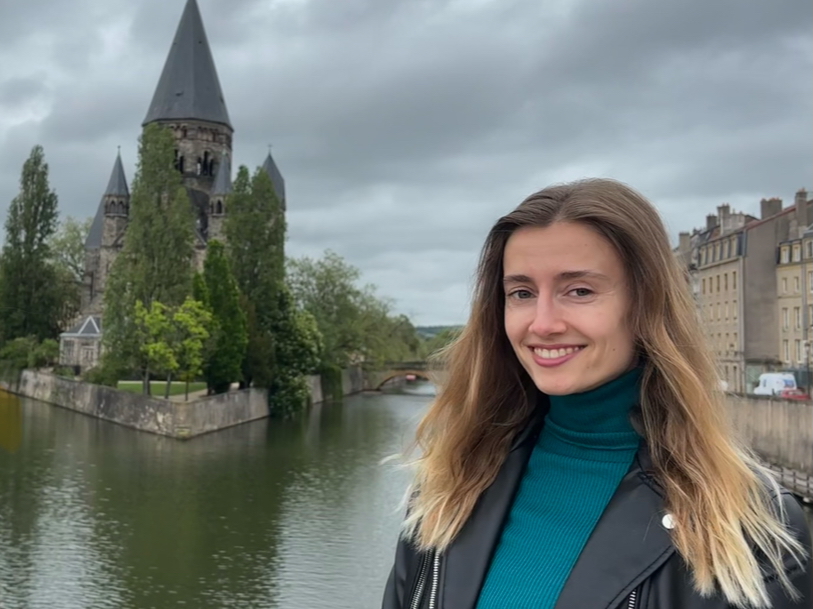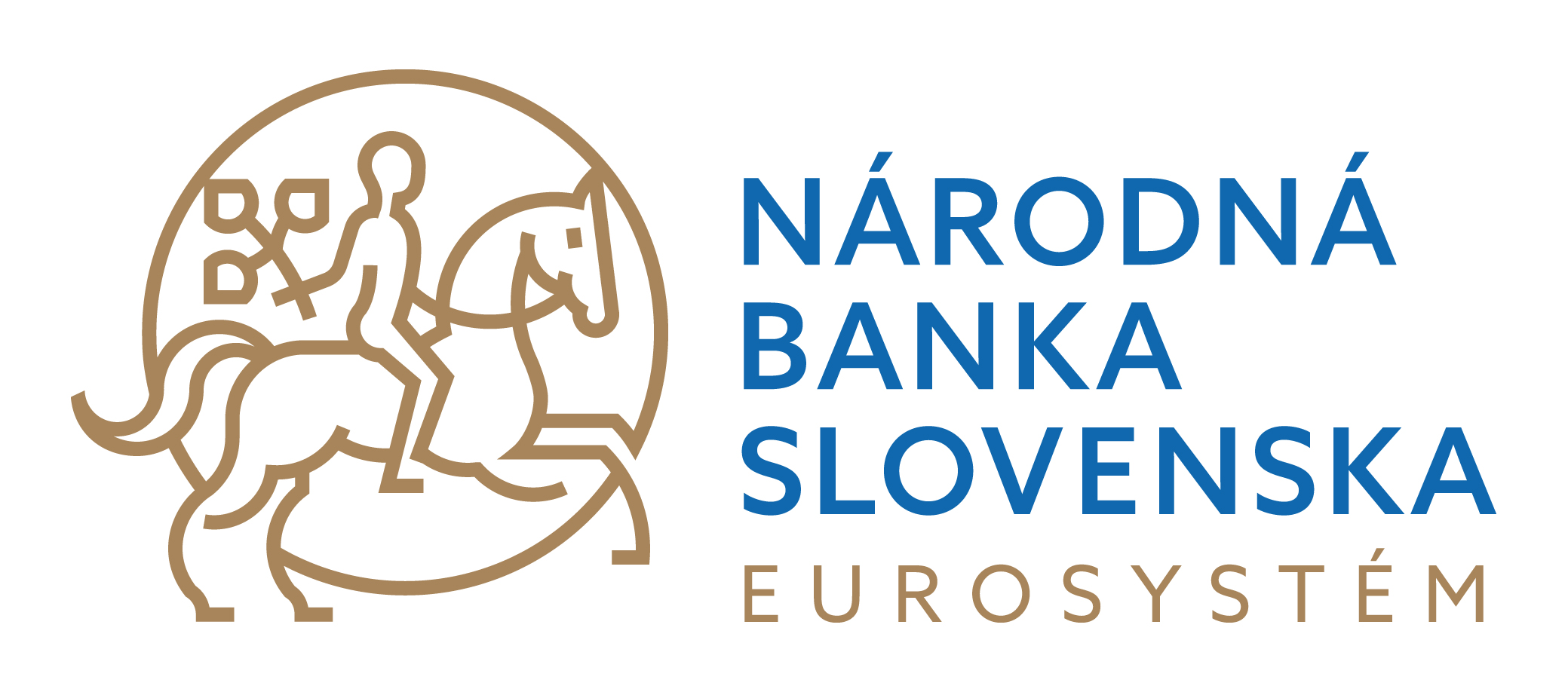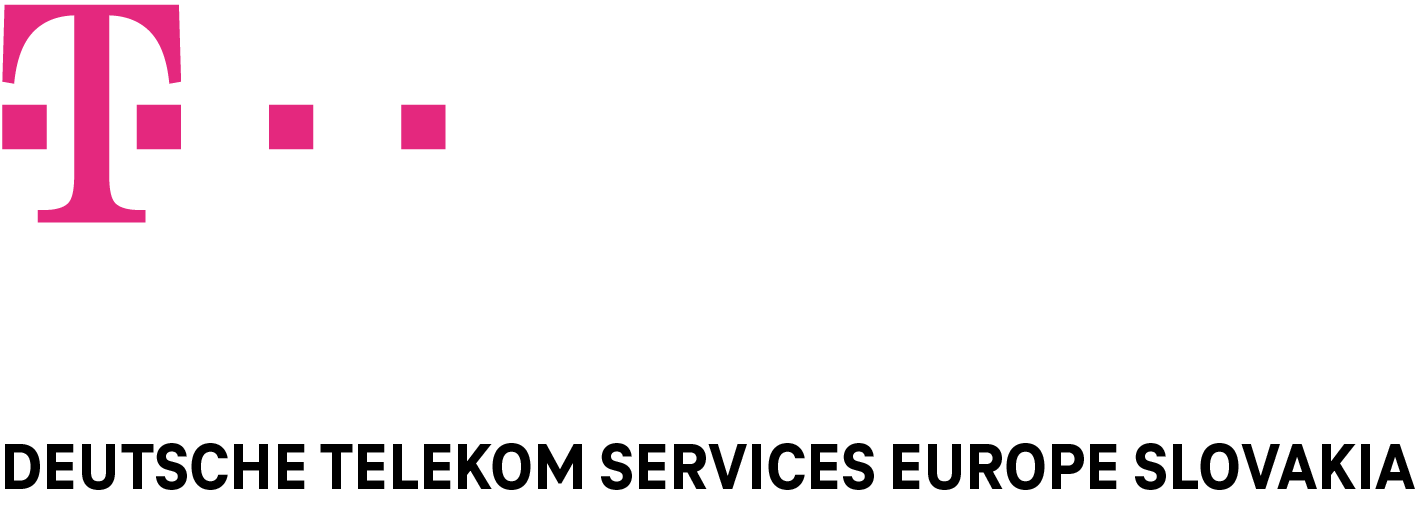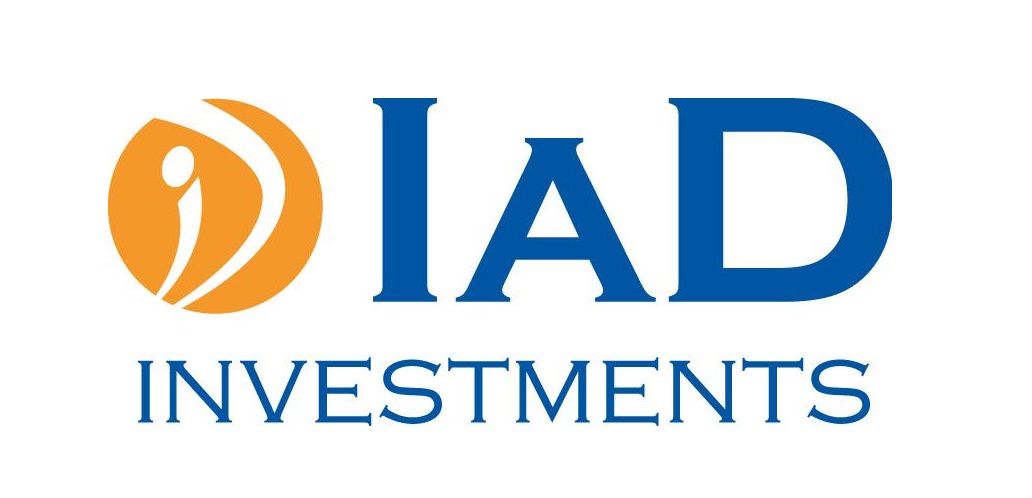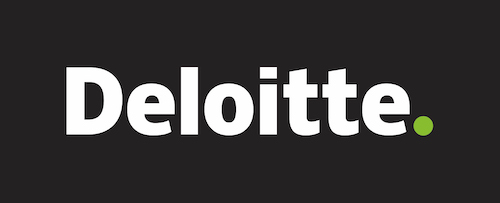Barbara Čeryová is a recent graduate of the PhD program in Finance at the Faculty of National Economy (NHF). After completing her doctoral studies, she now works as an analyst at the European Investment Fund (EIF), headquartered in Luxembourg. In our interview, we discussed her motivations for pursuing a PhD in Slovakia, the new format of completing the degree through a series of journal articles, and finally, whether women face greater challenges in science.
Barbara, first of all, congratulations on earning your PhD! What does it feel like to successfully complete a doctoral program in finance? Did it meet the expectations you had when you began your studies?
Thank you very much! It truly feels exceptional. Although the program itself ran quite smoothly, it was a long and intensive process that I had been looking forward to finishing for a long time. My expectations were met in many ways: I learned a lot, advanced professionally, and also verified my own perseverance and ability to work independently. Overall, it was a challenging but very rewarding experience that I’ll always remember fondly.
You defended your PhD through three scientific articles. We’ll return to this newer format later, but first – briefly tell us what these articles are about. What did your dissertation focus on, and what did your research reveal?
The three articles presented in my dissertation focus on the technology sector and its ambiguous relationship with broader stock market volatility. Despite its high sensitivity to market and economic cycles, this sector often shows a weaker or even opposite response during various crisis periods compared to the rest of the market.
The first article delves deeper into this relationship to clarify its nature, intensity, and any (a)symmetry. The second article continues by examining relationships among specific sub-sectors within the technology sector, with an emphasis on identifying a key player in the structure of interdependence and quantifying the flow of information within the sector as a whole. The third article takes the most detailed approach: it analyzes the interconnections among major, established technology firms—such as Apple and Microsoft—and examines the degree of heterogeneity in their mutual relationships.
The results show a strong negative relationship between broader market volatility and the returns of the tech sector. In other words, when market volatility increases, tech equity returns tend to fall, and vice versa. However, this relationship is not consistent across all market conditions; it becomes stronger during times of heightened volatility and downturns, especially during crises.
The second paper identifies strong positive intra-sector dependence within the technology sector, with the semiconductor industry emerging as a key player significantly influencing other sub-sectors. It also shows bidirectional information flow between semiconductors and the rest of the sector. The third article extends the analysis to the firm level, revealing moderate to strong dependencies among the studied tech firms, with Microsoft appearing as a central player influencing the others. At the same time, it shows notable variation in the strength and nature of these relationships, highlighting considerable heterogeneity among leading tech companies.
As we mentioned, until recently it was customary to defend a PhD through a single comprehensive publication – a dissertation resembling a monograph rather than a set of research articles. Today, the Faculty of National Economy is the first (and so far only) faculty at EUBA to allow completing a PhD through three articles – one of which must be published in a peer-reviewed journal, while the other two must be prepared for publication. What motivated you to choose this path?
I think it’s an excellent idea and a trend that has long been established abroad. It leads to higher-quality outputs since each article must go through peer review, which is particularly rigorous and professionally demanding in better journals. This improves the quality of the research and increases the credibility of the results. It’s also beneficial for the university itself, which gains more quality publications as a result.
What motivated me personally was the fact that when this option became available, I already had two articles published and a third in progress, so it seemed like a logical and natural choice. I highly recommend this format to other PhD students—not only because it increases their publication record during the study, but also because it forces you to work on your dissertation continuously. Publishing an article typically takes a long time, so it’s not something you can leave until the last minute.
Let’s stay on this topic. I remember discussions from the time when this format of defense was still being considered. One of the frequently raised concerns was the issue of co-authorship. There were worries that doctoral students might “ride along” with their supervisors or other authors and contribute very little themselves. How would you respond to that criticism? Isn’t this a real risk that comes with this format?
I understand those concerns and think they are partly valid, especially if there aren’t clear rules and proper oversight of the student’s contribution. In my case, I was the main author of all three articles and participated in every step of their development—from formulating the research question, collecting and processing data, to writing the text and communicating with journals.
My supervisor (Assoc. Prof. Arendáš) played a very important role in the process—not just as a co-author, but especially as a mentor who helped guide the research and elevate the quality of the articles. Moreover, most high-quality journals now require each author’s contribution to be specified using the CRediT taxonomy, which distinguishes between roles such as conceptualization, data analysis, writing, etc., allowing verification that the doctoral student was truly an active contributor. That’s why I see this format as an excellent tool for supporting independence, responsibility, and the professional growth of young researchers.

From your CV, we know that you completed your bachelor’s studies at VŠE in Prague and your master’s at the Vienna University of Economics and Business. What motivated you to return to Slovakia for your PhD?
There were several motivations. I was naturally curious about what university studies in Slovakia are like, since I had studied abroad since finishing high school. Also, when I applied for the PhD, the COVID-19 pandemic was peaking, so practical reasons played a role—I wanted to be closer to home due to the uncertainty around travel. I was already working full-time, so I was looking for a part-time doctoral program that I could combine with my job. The NHF also appealed to me with its interesting dissertation topics, which aligned well with my academic interests. The combination of these factors led me to return to Slovakia for my doctoral studies after years abroad.
It’s not easy to compare schools—after all, few people get the chance to study at several institutions, let alone at the same time and level. You experienced each of your schools at a different stage, and naturally, your own perspective changed as well. But if you had to point out something each of these three universities could learn from one another, what would it be?
Each of these schools has something to offer that could inspire the others. At VŠE in Prague, I appreciated the strong and supportive student community the most. Students helped each other, shared materials and experiences, and motivated one another, creating a stimulating and friendly environment that’s very welcoming to a nervous freshman. From WU in Vienna, other schools could take inspiration from the high administrative efficiency—everything was fast, clear, and online, with minimal paperwork. There was also strong institutional support for research, a big emphasis on publishing in top journals, and a generally ambitious academic atmosphere. At EUBA, I appreciated the approachability of the faculty. They were accessible, willing to help and give advice, and it was easier to agree on things or receive feedback, which made studying more pleasant.
Before the interview, when we spoke about your articles, you said: “It’s probably better not to focus on the publications – mine are quite technical.” That brings me to a slightly stereotypical but still relevant question. I recently joined a discussion where someone said that NHF is losing students—specifically female students. Allegedly, this is because the program has become more technical, with more focus on economics, statistics, econometrics, and mathematics. Interestingly, though, in some of these more technical programs—like Applied Economics—women make up the majority in certain cohorts. What’s your take on this? Can technical subjects really discourage girls from studying? And if we admit they might, what would you say to those students?
Technical subjects can seem intimidating to many students—not just to female students. Often it’s due to a fear of not understanding the material or the belief that “math just isn’t for me.” Unlike less technical disciplines, where you can rely more on memorization, technical subjects require genuine understanding, analytical thinking, and the ability to apply theory to real-world examples.
That’s why independent study and persistence are key. Things often don’t make sense right away, but regular effort, feedback, and patience pay off. The most important thing is not to give up after the first failure but to look for ways to grasp the material. At the same time, technical subjects shouldn’t be presented as a threat but as a tool that can be applied to practical problems. With the right guidance and a hands-on connection between theory and reality, students—regardless of gender—can be motivated to embrace these challenges.
Foto archive B. Čeryová
